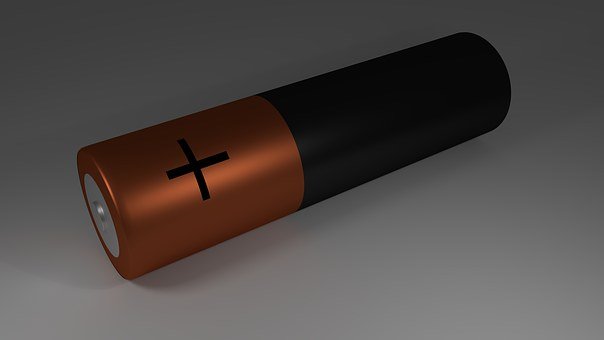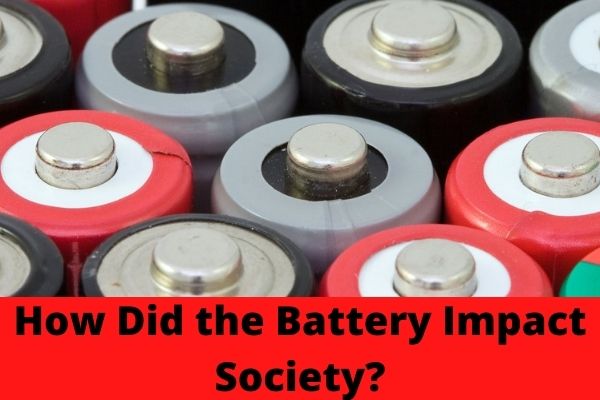One of the most common queries that most new marine vehicle users often ask is, Can I use deep cycle battery instead of a regular starting battery, or is it a bad idea?
Yes, one can temporarily use the deep cycle battery to start your boat engine. But it is not recommended by the marine industry standard because cranking batteries are specifically designed for the regular marine vehicle starting purpose.
Every marine battery type is particularly developed and designed to serve different purposes.
So, before choosing between these two, you need to understand their purposes first, and today’s article will help you learn that.
About Deep Cycle Batteries:
The deep cycle batteries are designed to deliver continuous and reliable trolling power, which is needed once your boat or marine vehicle has already started up.
A deep cycle battery can run all the electrical devices of the marine vehicle like sonar, GPS, MP3 player, and radios.
Deep cycle batteries cannot deliver quick and powerful energy explosions like other starter or cranking batteries.
But instead, they feature fewer and thicker plates inside them, which allows the battery to deliver constant power output over long periods.
Even Deep cycle batteries can entirely drain, and you can recharge the battery several times.
However, Deep cycle batteries tend to overheat because the thicker plates construction of these batteries can withstand high temperatures over long periods during heavy currents.
About Regular Cranking or Starter Batteries:
The regular cranking batteries are designed to quickly deliver powerful blasts of energy, which require starting any marine vessel.
As you activate the ignition switch of your boat, the cranking battery sends the instantly generated power to the engine and allows your boat to start with sufficient cranking.
These marine batteries are widely known as “starter†or “starting†batteries due to their capability of generating shorter yet strong energy explosions.
The cranking or starting marine batteries have more plate surface area inside for more plates than deep cycle batteries and feature thinner plates to deliver the necessary power so that the marine vessels can start smoothly with proper cranking.
However, regular cranking batteries cannot withstand multiple discharge or recharge cycles. Therefore, as they drain, their lifespan also continues to shorten significantly.
What Is the Basic Difference Between a Regular Cranking & Deep Cycle Battery?
The main difference between these two types of marine batteries is that one (cranking batteries) is constructed with thinner plates and wider plate surface area to deliver instant powerful energy to ensure that the marine engine starts smoothly.
On the contrary, deep cycle batteries are constructed with thicker plates and more dense active materials. These batteries ensure that the marine vessel is running smoothly on the water and all its electronic devices are in good condition as well as working correctly.
Can I Use Deep Cycle Battery for Starting?
The answer is pretty straightforward, yes, you can. But it will be a gambling choice since both types of batteries are specifically designed differently for separate purposes.
So, it is near impossible to combine a cranking battery and a deep cycle battery’s performance into one battery.
Remember, cranking marine batteries are developed especially to be used in marine vessel engines starting purpose, and they only produce strong powerful energy flow for a shorter period so that your boat’s engine can smoothly start without taking much time.
But deep cycle batteries are not designed for the same purpose, they are particularly developed to ensure that the marine engines can get enough constant power flow to run after starting and operate all the electronic devices while cruising over the water.
Therefore, if you use deep cycle batteries instead of cranking or original starting batteries, you will not get the expected outcome, and eventually, those batteries will start to degrade due to regularly being used as starting batteries as well as lack of proper maintenance.
So, it is not a good idea or choice to use a deep cycle battery in place of the regular cranking or starting battery.
However, in case of an emergency situation, when you do not have any other suitable options, you can use the deep cycle batteries for a short time.
Also, keep in mind that in that case, you will have to oversize the deep cycle battery at least by over 20% compared to your regular cranking or starting marine battery.
How Long Do Deep Cycle Batteries Last?
Deep cycle batteries are designed to last for a quality period, and with appropriate maintenance and charging, they can easily survive couple of years.
Remember, it will vastly depend on how often the battery is being used and how well you take care of your marine battery’s maintenance.
For instance, if you have been regularly overcharging or undercharging the battery, note that this action will significantly harm the battery’s performance and lifespan, and eventually, your battery will be dead sooner than it is supposed to.
On average, any deep cycle marine battery will last somewhere between one to two years and six to eight years.
Generally, deep cycle batteries used in most marine vessels can survive at least six full cycles before the replacement or reconditioning.
Top Deep Cycle Batteries
Here I will be listing some marine deep cycle batteries, which are the most popular among most users and also widely recommended by experts-
- Optima OPT8016-103 Battery
- ML35-12 – 12V 35AH DC DEEP Cycle Battery
- Odyssey 31M-PC2150ST-M Trolling Thunder Marine Battery
- Lithium Pros TM3190 LiFePO4 Deep Cycle Battery
- 6V Deep Cycle Flooded Marine Battery
Conclusion
It might sound tempting to several marine vessels owners and users to choose a deep cycle battery for starting purposes as they think they are getting two separate services with one type of battery and it is a cost-effective solution.
But in reality, it is totally the opposite, and why exactly I am stating this fact, I have already explained that briefly in the main article body. So, next time this idea pops into your mind, I hope you will think thoroughly based on what I discussed in this article.
Related Posts:
- Can I Charge My Trolling Motor Batteries With A Solar Panel? Secrets Revealed!
- Can I Charge A Lithium Battery With A Normal Charger?
- Can I Use A Solar Battery In A Normal Inverter?
- Can I Use 18V Battery In 20V DeWalt?
- Where Can I Buy 18650 Batteries?
Sources:
- https://www.discoverboating.com/resources/marine-battery-basics
- https://www.crownbattery.com/news/cranking-battery-vs-deep-cycle-marine-battery
- https://www.autobatteries.com/en-us/how-to-choose-your-car-battery-replacement/compare-deep-cycle-vs-starting-batteries
- https://pickboon.com/deep-cycle-battery-for-starting/#FAQ
- https://www.bestboatreport.com/using-a-deep-cycle-battery-for-starting-what-you-must-know/
- https://ourpowersolutions.com/difference-between-deep-cycle-and-starter-batteries/
- https://www.batteriesinaflash.com/deep-cycle-battery-faq


